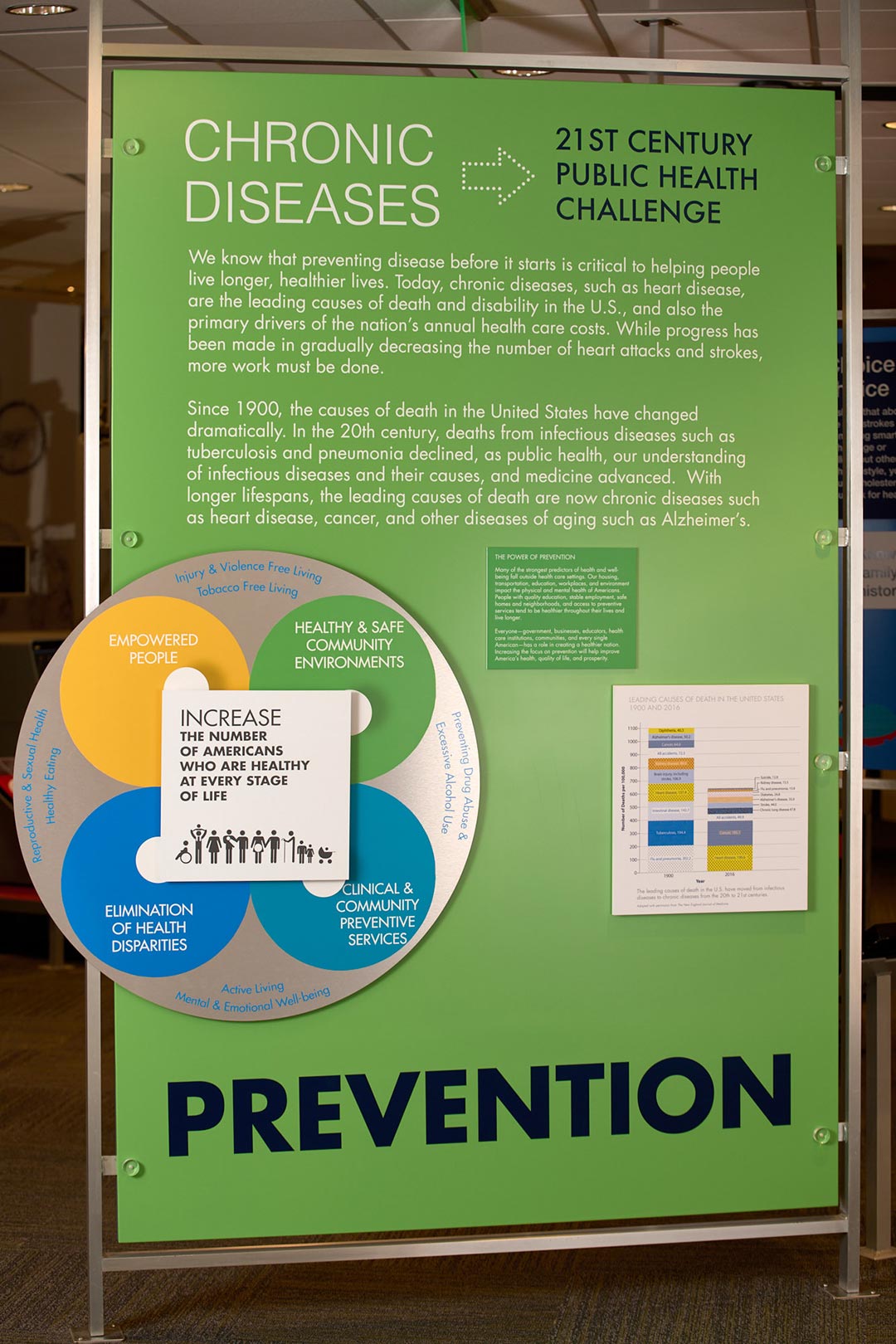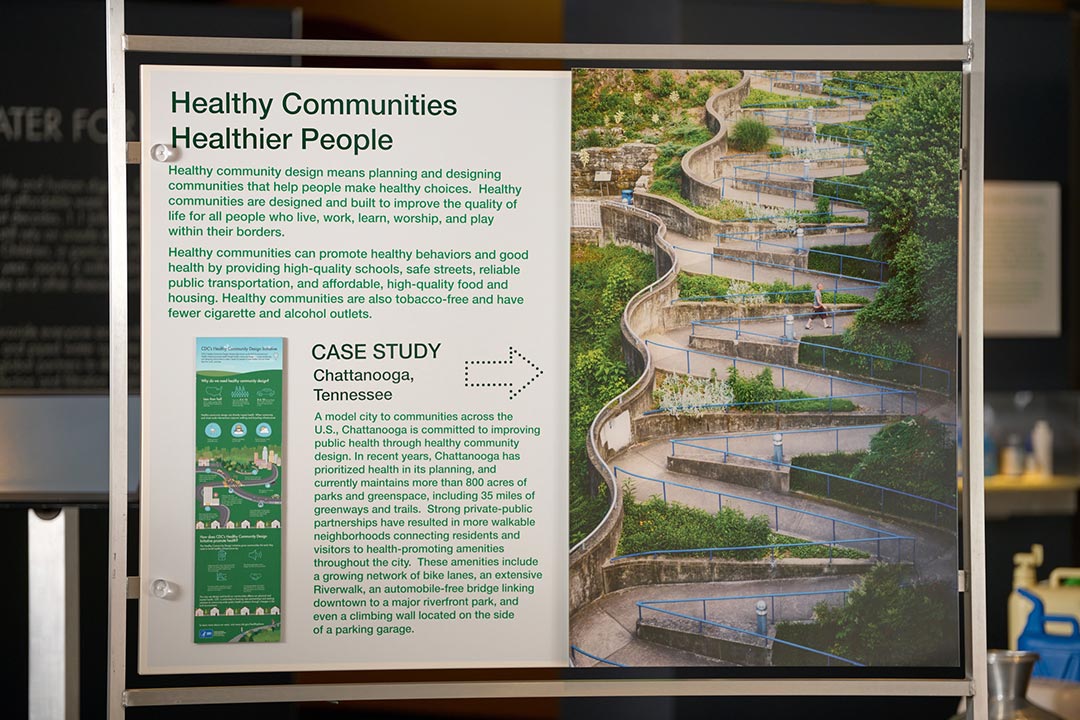Chronic Diseases: A 21st Century Public Health Challenge

A 21st Century Public Health Challenge
Today, chronic diseases such as heart disease and obesity are the leading cause of death and disability in the U.S., and the primary drivers of the nation’s annual health care costs. While progress has been made in gradually decreasing the number of heart attacks and strokes, more work must be done.
Since 1900, the causes of death in the United States have changed dramatically. In the 20th century, deaths from infectious diseases such as tuberculosis and pneumonia declined, as public health, our understanding of infectious diseases and their causes, and medicine advanced. With longer lifespans, the leading causes of death are now chronic diseases such as heart disease, cancer, and other diseases of aging such as Alzheimer’s.

The Good News: Healthy Choices Equal Healthy Outcomes
Estimates show that about 80% of premature heart disease and strokes are preventable. Prevention means making smart choices. Some risk factors, such as age or family history, cannot be controlled, but other factors can. By living a healthy lifestyle, you can help keep your blood pressure, cholesterol, and sugar normal, and lower your risk for heart disease and stroke.
Healthy community design means planning and designing communities that help people make healthy choices. These communities are designed and built to improve the quality of life for all people who live, work, learn, worship, and play there. They can promote healthy behaviors and good health by providing high quality schools, safe streets, reliable public transportation, and affordable, high quality food and housing. Healthy communities are also tobacco-free and have fewer cigarette and alcohol outlets.
A model city to communities across the U.S., Chattanooga is committed to improving public health in its planning, and currently maintains more than 800 acres of parks and greenspace, including 35 miles of greenways and trails. Strong private-public partnerships have resulted in more walkable neighborhoods connecting residents and visitors to health-promoting amenities throughout the city. These amenities include a growing network of bike lanes, an extensive Riverwalk, an automobile-free bridge linking downtown to a major riverfront park, and even a climbing wall located on the side of a parking garage.
The nation benefits when everyone can live a long, healthy, and productive life. Health equity is achieved when everyone has the chance to be as healthy as they can be. Health inequities exist when barriers prevent people from reaching this goal. Advancing health equity means everyone has the opportunity to live a long and healthy life, regardless of race, ethnicity, sex, income, education, or where they live.